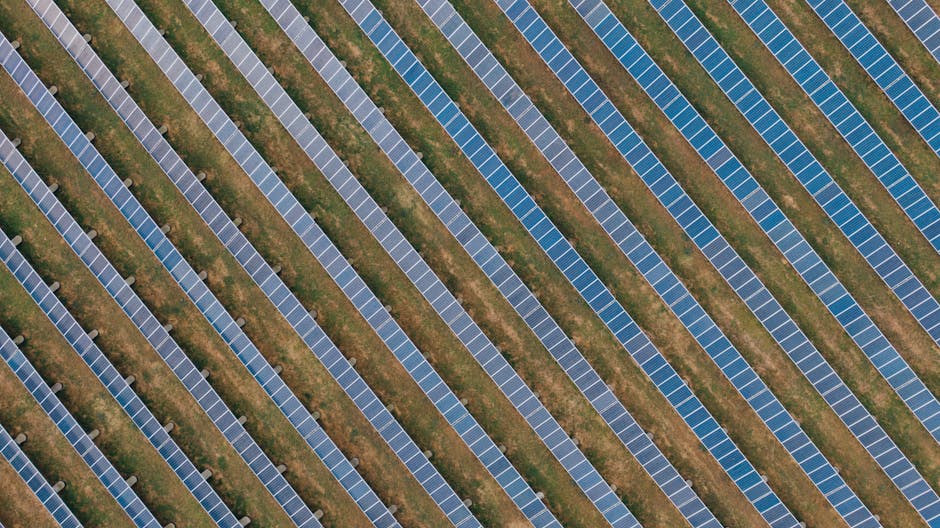Solar Panel To Power Refrigerator
As the world shifts towards sustainable energy solutions, solar power has emerged as a popular choice for many households. One of the most practical applications of solar energy is using it to power everyday appliances, such as refrigerators. This article will explore how solar panels can effectively power a refrigerator, the benefits of this system, and the steps to set it up. Let’s dive into the world of solar energy and refrigeration!
Understanding Solar Power
Before we delve into powering a refrigerator with solar energy, it’s essential to understand how solar power works.
What is Solar Power?
Solar power is energy harnessed from the sun’s rays. Solar panels, made up of photovoltaic (PV) cells, convert sunlight into electricity. This electricity can be used to power various devices, including refrigerators.
How Do Solar Panels Work?
- Photovoltaic Effect: When sunlight hits the solar panels, it excites electrons in the PV cells, creating an electric current.
- Inverter Conversion: The direct current (DC) produced by the panels is converted into alternating current (AC) by an inverter, making it usable for household appliances.
- Energy Storage: Excess energy can be stored in batteries for use during cloudy days or at night.
Why Power a Refrigerator with Solar Energy?
Using solar energy to power a refrigerator comes with numerous advantages. Here are some compelling reasons to consider this eco-friendly option:
Environmental Benefits
- Reduces Carbon Footprint: Solar energy is clean and renewable, helping to reduce greenhouse gas emissions.
- Conserves Resources: By using solar power, you decrease reliance on fossil fuels, which are finite and harmful to the environment.
Cost Savings
- Lower Electricity Bills: Once installed, solar panels can significantly reduce or even eliminate your electricity bills.
- Government Incentives: Many governments offer tax credits and rebates for solar panel installations, making it more affordable.
Energy Independence
By generating your own electricity, you become less dependent on the grid. This is especially beneficial in remote areas where electricity supply can be unreliable.
How to Set Up a Solar Panel System for Your Refrigerator
Setting up a solar panel system to power your refrigerator involves several steps. Here’s a straightforward guide to help you through the process:
1. Assess Your Energy Needs
Before purchasing solar panels, you need to determine how much energy your refrigerator consumes. Check the energy label on your fridge for its wattage. Most refrigerators use between 100 to 800 watts, depending on their size and efficiency.
2. Calculate Solar Panel Requirements
Once you know your refrigerator’s wattage, you can calculate how many solar panels you need. Here’s a simple formula:
- Daily Energy Consumption: Multiply the wattage of your refrigerator by the number of hours it runs per day.
- Solar Panel Output: Determine the average daily output of a solar panel in your area (usually between 300 to 400 watts per panel).
- Number of Panels: Divide your refrigerator’s daily energy consumption by the average daily output of a solar panel.
3. Choose the Right Solar Equipment
To set up your solar power system, you’ll need the following components:
- Solar Panels: Choose high-efficiency panels that suit your energy needs.
- Inverter: A good quality inverter is essential for converting DC to AC power.
- Batteries: If you want to store energy for nighttime use, invest in deep-cycle batteries.
- Charge Controller: This device regulates the voltage and current coming from the solar panels to the batteries.
4. Installation
Installing a solar panel system can be a DIY project or done by professionals. Here’s a brief overview of the installation process:
- Mounting the Panels: Install the solar panels on your roof or in a sunny area, ensuring they are angled correctly for maximum sunlight exposure.
- Wiring: Connect the solar panels to the inverter and batteries, following the manufacturer’s instructions.
- Connecting to the Refrigerator: Finally, connect the inverter output to your refrigerator’s power supply.
5. Monitor and Maintain Your System
Once your system is up and running, it’s essential to monitor its performance. Regular maintenance will ensure your solar panels operate efficiently:
- Clean the Panels: Dust and debris can reduce efficiency, so clean your panels regularly.
- Check Connections: Inspect all connections for wear and tear, ensuring everything is secure.
- Battery Maintenance: If using batteries, check their charge levels and clean terminals as needed.
Challenges of Using Solar Power for Refrigeration
While there are many benefits to using solar energy, there are also challenges to consider:
Initial Costs
The upfront cost of purchasing and installing solar panels can be significant. However, this is often offset by long-term savings on electricity bills.
Weather Dependence
Solar energy production can be affected by weather conditions. Cloudy days can reduce the efficiency of solar panels, so having a battery backup is crucial for consistent power supply.
Space Requirements
Solar panels require adequate space for installation. If you have limited roof space, you may need to consider alternative mounting options or invest in more efficient panels.
Conclusion
Powering your refrigerator with solar energy is not only an environmentally friendly choice but also a smart financial decision in the long run. By understanding your energy needs, selecting the right equipment, and properly installing your solar panel system, you can enjoy the benefits of renewable energy while keeping your food fresh and cool.
As technology continues to advance, solar energy solutions will only become more efficient and accessible. Embrace the power of the sun and take a step towards a sustainable future!




